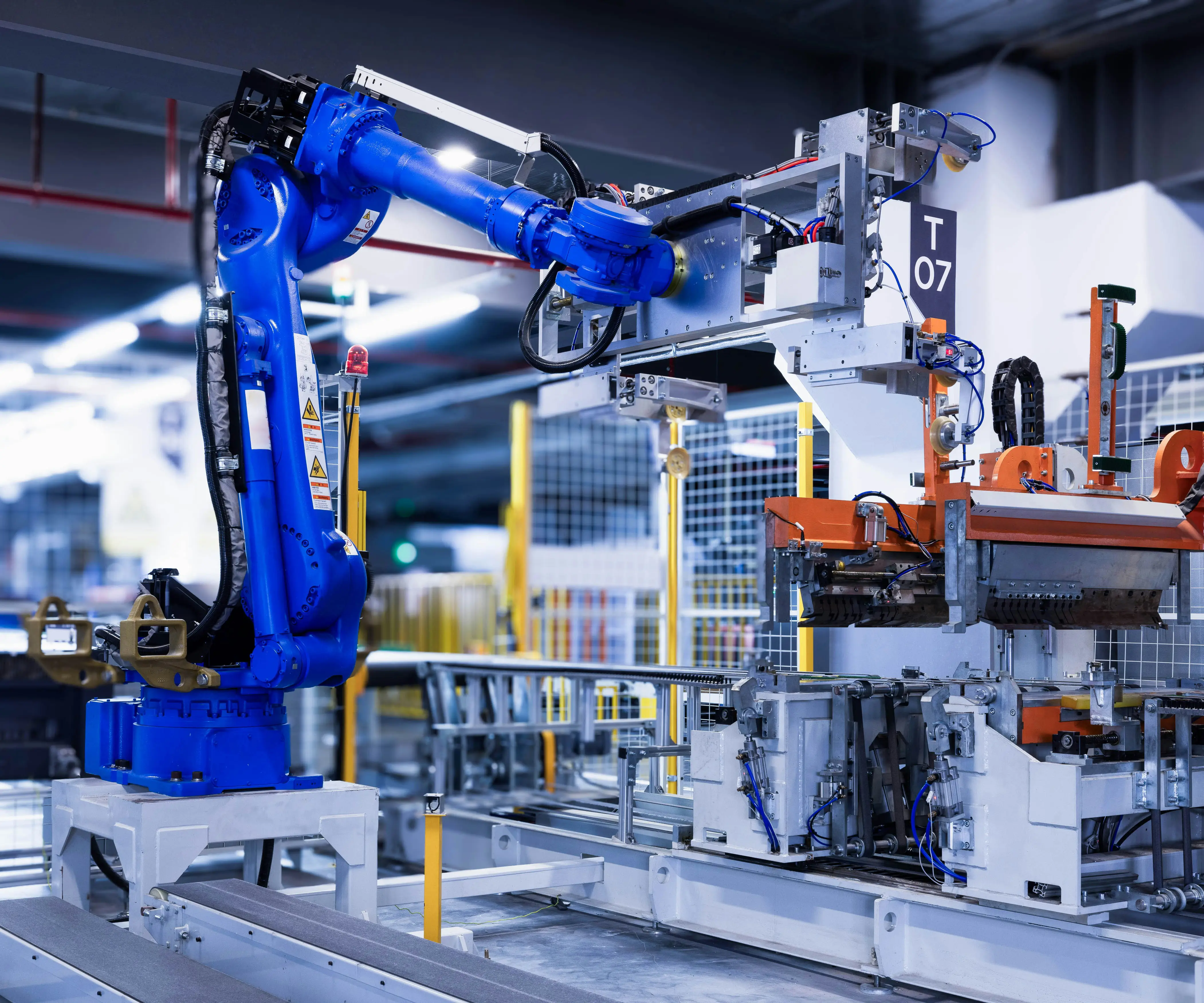part 1:
Imagine a world where your creative ideas could move, rotate, and respond with the precision of a seasoned robot. A world where your DIY projects can incorporate smooth, controlled motion—whether it’s a robotic arm grabbing objects, an automated camera pan, or a playful robot dog wagging its tail. At the heart of these movements lies a small but mighty component: the servo motor. Coupled with the accessibility of Arduino, servo motors become powerful tools in turning concepts into tangible, responsive machines.

Understanding the Servo Motor:
A servo motor is a compact device designed to provide precise rotational or linear movement. Unlike regular motors that spin continuously, servos are engineered for controlled positions, making them ideal for applications requiring exact angles or positions. They comprise a motor, a gear train, a potentiometer (for position feedback), and a control circuit.
The typical servo motor responds to PWM (Pulse Width Modulation) signals—digital signals that pulse at specific durations—to dictate its position. When a control signal is sent, the servo’s internal circuit adjusts the motor's position accordingly, steering the output shaft to the desired angle, usually within a range of 0 to 180 degrees. This characteristic allows makers and engineers to choreograph movements with incredible accuracy, opening pathways for endless creative pursuit and problem-solving.
Why Use a Servo with Arduino?
The Arduino platform democratized electronics by simplifying coding and hardware connections. Its broad community, extensive libraries, and user-friendly environment mean even beginners can quickly get started. Controlling a servo motor is straightforward—requiring just a few lines of code and a single digital pin.
In addition, servo motors are affordable, versatile, and reliable. They can be integrated into complex robotic systems, automated devices, or art installations. Whether you're designing a robotic arm to sort objects, creating an automated pet feeder, or constructing a camera slider, servos provide the essential motion component.
Setting Up Your First Servo with Arduino:
Before jumping into the code, you'll need some basic components:
Arduino board (Uno, Mega, Nano, etc.) Servo motor (standard 9g or other sizes) Jumper wires Breadboard (optional) Power supply (if your servo draws more current than the Arduino’s 5V pin can provide)
Basic Connections:
Connecting the servo to your Arduino is simple:
red wire (VCC): connect to the Arduino 5V pin. black or brown wire (GND): connect to GND. yellow, white, or orange wire (Signal): connect to a digital PWM pin, for example, pin 9.
Ensure you power the servo appropriately, especially for larger models that draw higher current; sometimes, an external power supply with common ground is advisable.
The Core Concept of Writing Arduino Code for Servos
To control a servo, Arduino's Servo library comes in handy. It abstracts the complex PWM signals into simple commands, making programming accessible even for beginners.
#include Servo myServo; // create servo object to control a servo void setup() { myServo.attach(9); // attaches the servo on pin 9 to the servo object } void loop() { myServo.write(0); // tell servo to go to position 0 degrees delay(1000); // waits 1 second myServo.write(90); // go to 90 degrees delay(1000); // wait 1 second myServo.write(180); // go to 180 degrees delay(1000); // wait 1 second }
This simple loop makes the servo sweep between three positions, illuminating how you can control angles with ease. The write() function sets the desired position, while delay() pauses the program to hold that position.
Understanding PWM and its Role in Servo Control:
PWM signals are not just about turning a device on or off; they encode information by varying the pulse width within a fixed period. For servo motors, the pulse width typically ranges from 1 ms (full left/0°) to 2 ms (full right/180°), repeated every 20 ms (50 Hz). The Arduino Servo library automates this process, translating angle commands into the correct PWM signals.
Practical Applications of Servo Motors with Arduino:
Once comfortable with basic control, you can explore more complex applications:
Robotics arms that can grip and release objects. Pan-and-tilt camera systems for surveillance or cinematography. Automated blinds that adjust opening angles based on light sensors. Animatronics that mimic real-life movements in theme park attractions or art projects. Educational kits that teach physics and engineering concepts.
In the next part, we'll explore advanced coding techniques, incorporating sensors for dynamic movement, troubleshooting common issues, and inspiring project ideas to push your servo control skills further.
Leveraging innovations in modular drive technology, Kpower integrates high-performance motors, precision reducers, and multi-protocol control systems to provide efficient and customized smart drive system solutions.




































